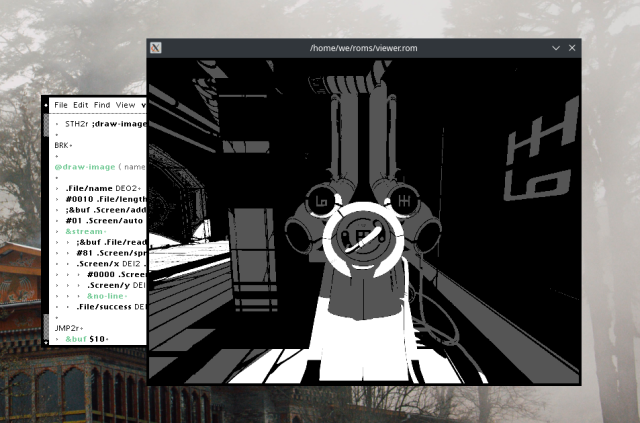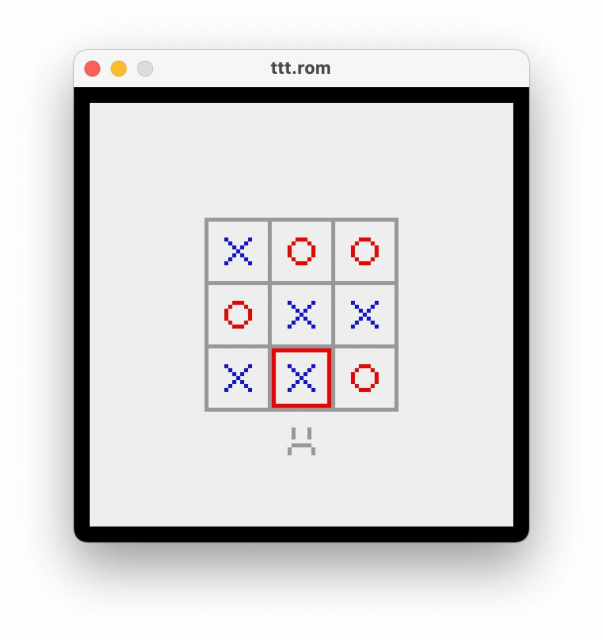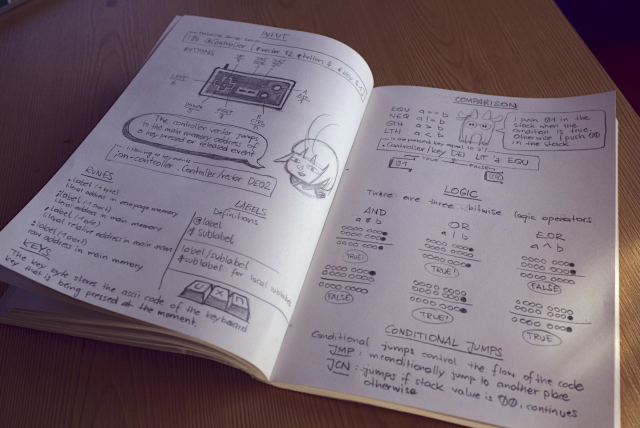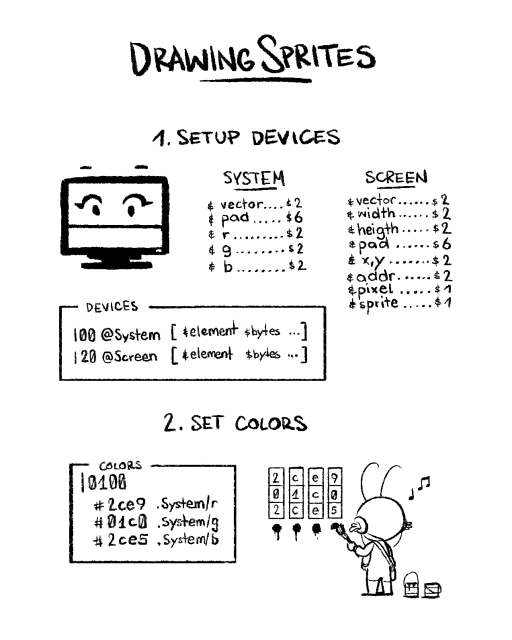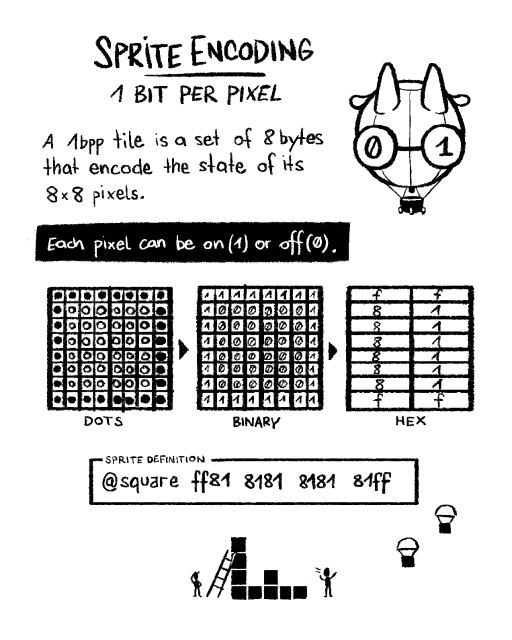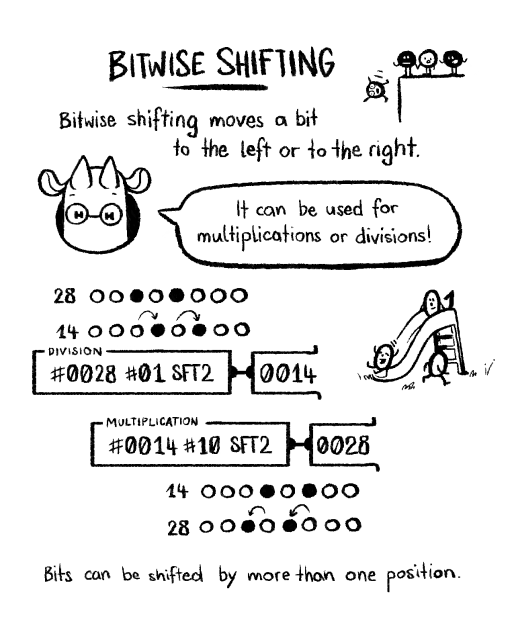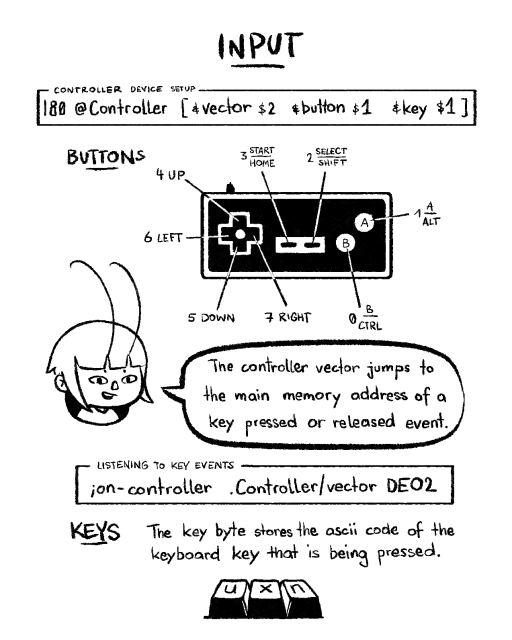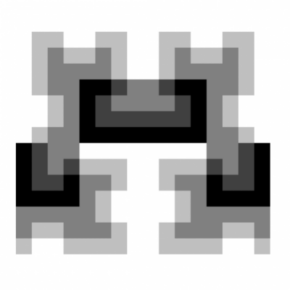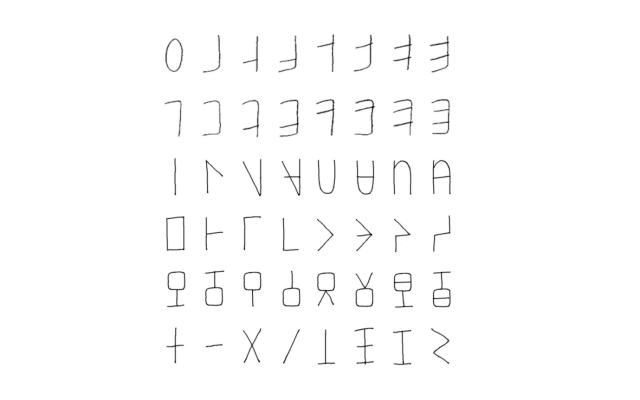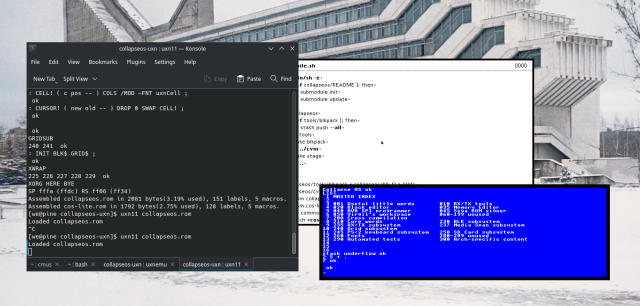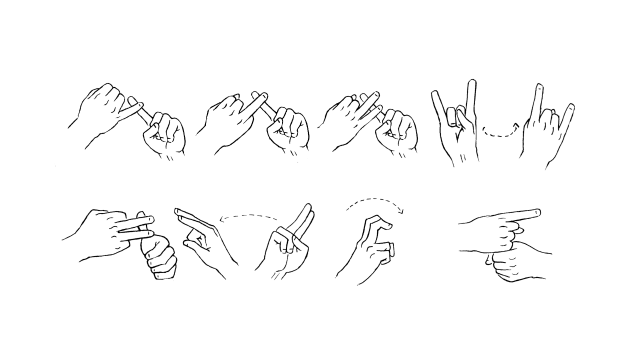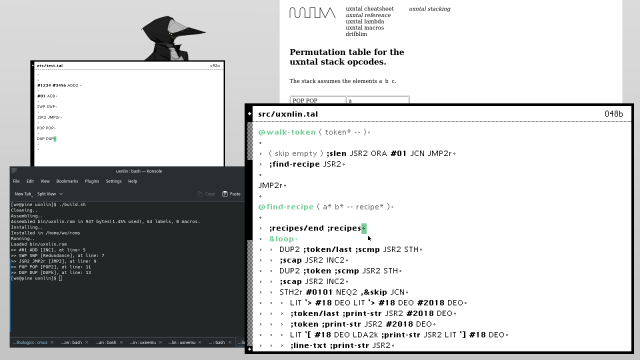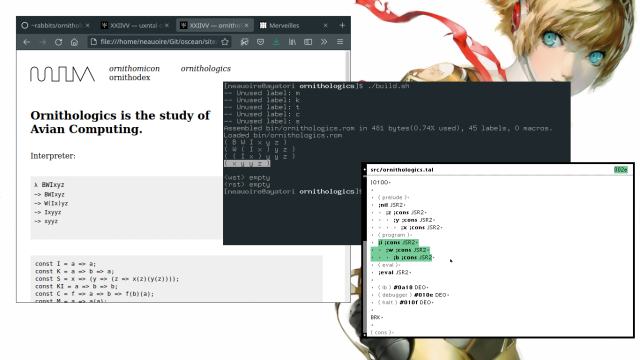Search
Items tagged with: uxn
Every week, I figure out more of the missing blocks to have Hiversaires running on #uxn.
I'm not there yet, but I found a scheme to create a single oversized rom containing all the assets of game and unpack them on load to make them usable.
For games like Oquonie or Hiversaires, which have large assets, I'd like to still distribute a single .rom file, I'm not interested in having like 10 "disks" in a zip file sort of deal.
My tic-tac-toe implementation for #uxn is done!
It is now known as xo.tal. Read about it in my garden: melanocarpa.lesarbr.es/hypha/x… (the source code link is there)
Xo.Tal
xo.tal is an implementation of tic-tac-toe. This project is part of uxnerie.melanocarpa.lesarbr.es
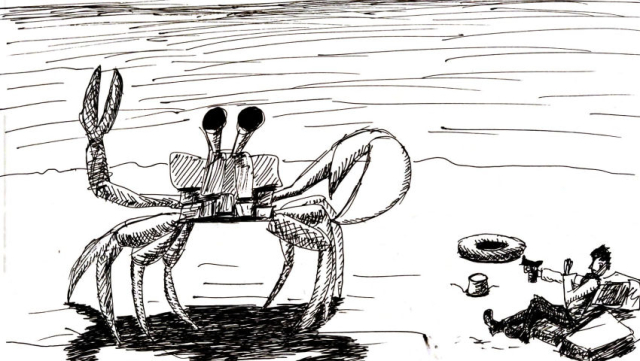
Learning Uxn day 3
PeerTube, a federated (ActivityPub) video streaming platform. Use your email address and password from lor.sh account for login. Don't forget to read the server rules carefully.v.lor.sh
The reason why #uxn and concepts like #permacomputing excite me is that I'm a sucker for archival practices.
Today I was reading about a new proposed standard called Records in Context. There is a fantastic text (in German) introducing and overviewing the reasoning behind RiC. Basically it is nothing less than a revolution in digital archival practices as it wants to forego the classical tree model in favor of a relational model for the organization and contextualization of knowledge.
It doesn't sound like much. But when one becomes aware about all the effort that archivists, librarians, restorators, and other people active in GLAM are putting into care, maintenance and organization of their respective archives, proposing new ways of going about your daily business can have huge impacts.
arbido.ch/de/ausgaben-artikel/…
Records in Contexts – vom Baum zum Netz
Im September 2016 wurde anlässlich des Kongresses des Internationalen Archivrats (ICA) in Seoul unter dem Namen «Records in Contexts» (RiC) der erste Entwurf für einen neuen, umfassenden archivischen Verzeichnungsstandard vorgestellt, der an die Stel…VSA, Verein Schweizerischer Archivarinnen und Archivare ¦ BIS Bibliothek Information Schweiz
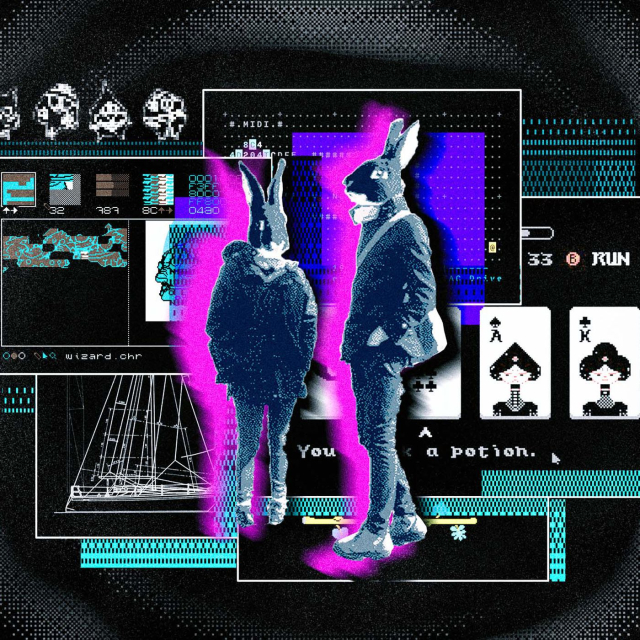
These artists are making tiny ROMs that will probably outlive us all
Art collective Hundred Rabbits is creating sustainable tech, including the virtual platform Uxn, while sailing on a boat across the world.Alexis Ong (The Verge)
Sometimes I can't believe how fast computers actually are..
I generate a thousand cache files, 500 html files, validate thousands of links between each of them, and all of this in a VM(which you'd expect to be slower than native) in less than a second.
#uxn
Here is my write-up of my attempts to bring functional programming to #uxn:
"Quoting in Uxntal: lambda functions, tuples and lists for free"
wiki.xxiivv.com/site/uxntal_re…
github.com/schierlm/collapseos…
GitHub - schierlm/collapseos-uxn: Port of CollapseOS to uxn Tal
Port of CollapseOS to uxn Tal. Contribute to schierlm/collapseos-uxn development by creating an account on GitHub.GitHub
So, Rekka and I devised hand gestures for each one of the #uxn operations.
In includes a hexadecimal finger-counting scheme, and bitwise gestures, that we hope will be useful for anyone familiarizing themselves with binary.
The system uses a few existing #asl gestures, and purposefully creates new gestures to disambiguate others.
wiki.xxiivv.com/site/uxntal_re…
🌻
Wrote a quick linter for #uxn, that raises warning for common optimizations. I will add more recipes as we find them.
Missing an optimization? Add it here: git.sr.ht/~rabbits/uxnlin/tree…
Wrote a little SKI combinator calculus runtime in #uxn.
source: git.sr.ht/~rabbits/ornithologi…
docs: wiki.xxiivv.com/site/uxntal_co…
ornithologics: wiki.xxiivv.com/site/logic.htm…

My first drawing with #uxn #nasu. Slowly getting used to how it works. The sprite stuff looked cool but one thing at a time. :)
Some things feel a bit obscure and there are 0 help text, but then this program is made up of 1400 lines of assembly which is just amazing. I'm reading a bit of the manual at a time and it's real fun.
(I don't think these program are meant to have help texts and tooltips - you're supposed to read the manual and experiment. There are a lot of "aha" moments and the design choices feel solid after those moment.)
λ In functional programming languages, a list is the most versatile data type that can be used to store a collection of similar data items.
Uxn uses singular opcodes operating on words of equal length, one might come across a problem that is better addressed with routines that operate on ordered lists of items and nested stacks.
Here's a 300 bytes implementation of cons cells in #uxn.
wiki.xxiivv.com/site/uxntal_co…

Just did day 1 of this #uxn tutorial and it was a lot of fun. :)
compudanzas.net/uxn_tutorial_d…
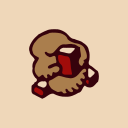
compudanzas — uxn tutorial: day 1, the basics
hello! in this first section of the uxn tutorial we talk about the basics of the uxn computer called varvara, its programming paradigm in a language called uxntal, its architecture, and why you would want to learn to program it.compudanzas.net
compudanzas.net/uxn_tutorial.h…
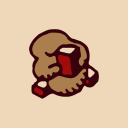
compudanzas — uxn tutorial
welcome to this beginner's, slow-paced and comprehensive guide for programming the varvara computer based on the uxn core.compudanzas.net
we just released version 1.0.3 of our introduction to #uxn programming book!
in this update we finally included a description and examples of the screen auto byte: an advanced feature of the screen device that makes it easier to draw multiple sprites with fewer instructions. we use it for the pong example on day 6!
we also updated the description of the file devices, and implemented some minor corrections.
hope you enjoy it!
compudanzas.itch.io/introducti…
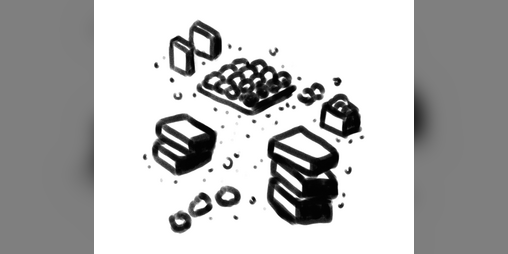
introduction to uxn programming by compudanzas
a beginner's, slow-paced and comprehensive guide of the uxntal programming language and the varvara computeritch.io


